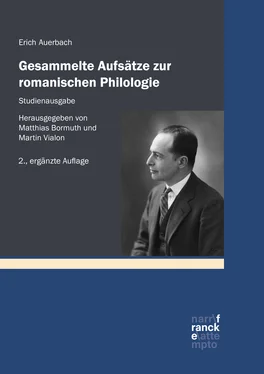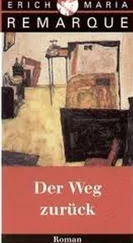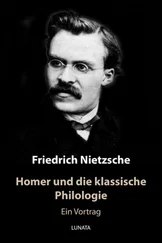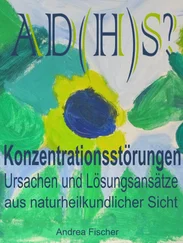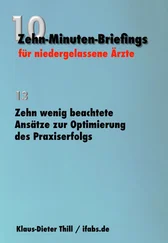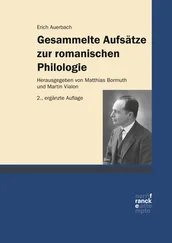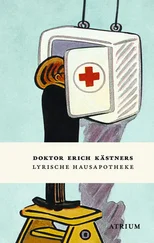In the transition stanzaStanze, vv. 10–12, DanteDante changes from the historical aspect to the eternal, from Mary’s accomplishments to her virtues; he opposes what she is in Heaven (with regard to questo fiore , the result of the historical accomplishments) to what she is on earth. The images, especially meridiana face , are inspired by Saint Bernard’s interpretation of the Song of Songs.74
The two stanzas dealing with Mary’s actual and lasting function as mediatress and dispenser of grace (vv. 13–18) are introduced by a gradual movement ( sei tanto grande e tanto vali che …) comparable to that of v. 4; it connects her power with its origin: invenisti gratiam (Luke 1, 30);75 she is, as Saint Bernard says, the aqueduct which conveys divine grace from its fountain to mankind.76 The second stanzaStanze, which emphasizes her benignity in frequently anticipating the entreaty of the distressed, contains probably an allusion to DanteDante’s own case ( Inferno , II, 94–96).77
The enumeration of her virtues which ends the eulogy stresses misericordia misericordia (towards mankind), pietas pietas (towards both God and mankind, see our note 74), and magnificenza magnificenza : una virtù che fa compiere l’ardue e nobili cose .78 The final résumé repeats and comments upon the words più che creatura of v. 2; the Virgin is still a creature, but all goodness which may be contained in a creature is contained in her: Excellentissima quadam sublimitate prae ceteris omnibus excedit et supergreditur creaturis , says Saint Bernard.79
In the course of our investigation, which is far from complete, we have encountered several kinds of eulogies: the classical which presents mythical functions and deeds; the Jewish which paraphrases God’s essence and omnipotence; the early Christian which begins to combine the dogma with the history of Christ and develops more and more a kind of symbolic rhetoricRhetoriksymbolische R., based on both Greek tradition and figurative interpretation. We then examined the apogee of the figurative and witty style in the eulogies of the twelfth century, and the more popular style based upon an emotional approach to the history of Christ which developed in the thirteenth century, principally under the influence of the Franciscan movement.
All the elements of the earlier Christian forms of eulogies are fused in DanteDante’s text: dogmatic, historical, figurative, and emotional. Dogma and history prevail; there are no figures in DanteDante’s prayerLobrede, but the images recall figurative interpretations; the emotional element, in the sense of an emotional paraphrase of the events, is lacking; the fervor of emotion is expressed in an immanent fashion, by the order of themes, words, and sounds, not by explicit utterance of emotion. The leading motifs are, undoubtedly, dogmatic; it deserves to be emphasized, in view of the theories which still affirm that dogmatic and, in general, didactic matter is incompatible with true poetry, that this famous text, in its basic structure, is a rigid composition of dogmatic statements.
Precisely by this element of rigid composition, of powerful condensation, DanteDante’s text differs from the earlier mediaeval eulogies. Without this unique power which enabled him to concentrate in a few verses the history of mankind, he would never have been able to achieve the Commedia ; this is borne out by our text as it is evident almost everywhere in the great poem. In the verses of his eulogy, the images and figures become actual reality, presenting, in one widely sweeping movement, the destiny of the world. Compared to the Commedia , all earlier mediaeval poetry seems to be loosely constructed; the tendency towards conciseness which began to appear in Provençal poetryTroubadourdichtung and in the Dolce Stil NuovoDolce stil nuovo is incomparably weaker, and these poets never tried to master such a content. Did DanteDante take his supremo constructio , his bello stile from the ancients, as he told us in a passage of De Vulgari Eloquentia and in the verses he addresses, with a beautiful tu anaphoraAnaphertu-Anapher, to VergilVergil?80 To a large extent, he did. He learned from his ancient models the harmony of the sentence, the variety of syntactic and stylistic devices, the understanding of the different levels of style, and, with all that, the capacity to coordinate the different parts of a vast aggregate into one coherent stylistic movement. Yet, the general impression produced by his manner of composition is entirely different from that of the ancient poets. Let us consider, once again, Lucretius’ prooemium, which DanteDante did not know, and which, in my opinion, is the most beautiful specimen of eulogy in classical Latin. It, too, contains a world in an image; the ‘appearance’ or ‘birth’ of Venus, to whom the universe presents all its fertility and all its living beauty, is a symbol of Lucretius’ philosophical doctrine. It is a mythical symbol of a philosophy; in spite of its traditional elements, it is a free play of human imagination. DanteDante’s image of Christ as the love enkindled in the body of the Virgin for the salvation of mankind is a symbol of an historical event: irreplaceable by another event, inseparable from the doctrine. The rigid coherence of history, symbol, and doctrine confers upon the composition of DanteDante’s eulogy a degree of rigidity which an ancient poet could neither have achieved nor have desired to achieve.
Dante’s addresses to the reader (1953/54)
Rudolfo BultmannBultmann, R. septuagenario
There are some twenty passages in the Commedia 1 where DanteDante, interrupting the narrative, addresses his reader: urging him either to share in the poet’s experiences and feelings, or to give credence to some miraculous occurrence, or to understand some peculiarity of content or style, or to intensify his attention in order to get the true meaning, or even to discontinue his reading if he is not duly prepared to follow. Most of the passages concerned are highly dramatic, expressing, towards the reader, at the same time the intimacy of a brother and the superiority of a teaching prophet. Professor Hermann GmelinGmelin, H., who has listed and discussed them in a recently published paper,2 is certainly right in saying that the addresses to the reader are one of DanteDante’s most significant style patterns, and that they show a new relationship between reader and poet.
Indeed, it is difficult to find anything similar in earlier European literature. Formal address to the reader was never used in classical epic poetry, such as VergilVergil’s or LucanLukan’s. Elsewhere, it was not unknown, but almost never reached the level of dignity and intensity present in DanteDante. OvidOvid addresses his reader fairly often, mostly in the Tristia ,3 apologizing, asking for pity, or thanking the reader for his favor which promises the poet eternal glory. These addresses are still more frequent in Martial’s Epigrams ;4 MartialMartial creates an atmosphere of witty and polite intimacy between the public and himself. There are, indeed, a few passages on his literary fame which have an accent of earnestness and solemnity;5 but everywhere he considers the reader as his patron, and his attitude is that of a man whose main object is to win the reader’s favor. There are some casual addresses in ApuleiusApuleius’ Metamorphoses 6 and in Phaedrus;7 that is all, as far as I know. One may perhaps add certain funeral inscriptions such as the famous epitaphEpitaph of a housewife: hospes quod deico, paullum est, asta et pellege … 8 All these examples have little in common with DanteDante’s style.
Читать дальше
